Wood panelling has long been celebrated for its ability to infuse warmth, texture, and a timeless appeal into interior spaces. With a myriad of designs and styles available, wood panelling can transform any room into a sophisticated and inviting haven. This guide explores various wood panelling designs, their characteristics, and how to effectively incorporate them into your home.
Types of Wood Panelling Designs
Shiplap Panelling
Shiplap panelling, characterized by its horizontally stacked wood boards, creates a clean and rustic look. Each board has a rabbet joint that allows them to fit snugly together, creating a seamless appearance. Popular in farmhouse and coastal designs, shiplap is versatile and can be painted or stained to match any decor.
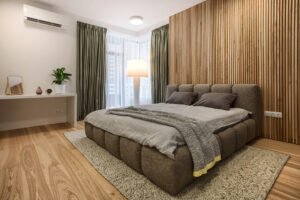 Beadboard Panelling
Beadboard Panelling
Beadboard panelling consists of narrow, vertically arranged planks with a distinctive bead or groove running along their length. This classic design is commonly used in traditional and cottage-style homes, often as wainscoting or on ceilings. Beadboard adds texture and charm, and it can be painted in light colors to brighten up a space.
Board and Batten Panelling
Board and batten panelling features wide boards separated by thin strips of wood, known as battens. This design creates a striking, grid-like pattern that adds depth and interest to walls. Board and batten panelling is ideal for creating a modern farmhouse or Craftsman-style aesthetic.
Flat Panel Panelling
Flat panel panelling is a sleek, contemporary option that uses large, flat panels to create a smooth surface. This design is perfect for minimalist and modern interiors, providing a clean backdrop for other decorative elements. Flat panel panelling can be customized with different wood types and finishes to suit your style.
Raised Panel Panelling
Raised panel panelling, often seen in traditional and formal settings, features panels that are raised above the surrounding frame, creating a three-dimensional effect. This design adds elegance and sophistication to any room, making it a popular choice for dining rooms, libraries, and studies.
Tongue and Groove Panelling
Tongue and groove panelling consists of boards that interlock with each other through a tongue on one edge and a groove on the other. This design creates a tight, seamless fit and is often used for ceilings, walls, and flooring. Tongue and groove panelling can add a rustic or refined look, depending on the wood type and finish.
Vertical Panelling
Vertical panelling features long, vertical planks that draw the eye upward, creating the illusion of higher ceilings. This design is versatile and can be used in various settings, from modern to traditional. Vertical panelling adds a sense of height and drama to any space.
Choosing the Right Wood for Panelling
The type of wood you choose for your panelling can significantly impact the overall look and feel of your space. Here are some popular wood options:
- Pine: A cost-effective and versatile option, pine can be painted or stained to achieve different looks.
- Oak: Known for its durability and beautiful grain, oak is a classic choice for traditional and formal settings.
- Cedar: Naturally resistant to moisture and insects, cedar is ideal for bathrooms, kitchens, and outdoor spaces.
- Walnut: With its rich, dark color, walnut adds a touch of luxury and sophistication to any room.
- Maple: Maple’s light color and smooth grain make it perfect for contemporary and minimalist designs.
Incorporating Wood Panelling into Your Home
Accent Walls
Using wood panelling to create an accent wall can dramatically change the look of a room. Choose a wall that you want to highlight, such as behind a bed, fireplace, or TV, and select a panelling design that complements the existing decor.
Wainscoting
Wainscoting is a traditional method of applying wood panelling to the lower portion of walls. This design adds visual interest and protection to walls, making it ideal for high-traffic areas like hallways and dining rooms. Pair wainscoting with contrasting paint colors for a striking effect.
Ceilings
Wood panelling on ceilings can add warmth and character to a space. Whether you opt for tongue and groove, beadboard, or shiplap, wood-panelled ceilings create a cozy and inviting atmosphere.
Furniture and Built-Ins
Incorporate wood panelling into furniture and built-ins for a cohesive look. Panelled cabinets, bookshelves, and headboards can enhance the overall design of a room and tie together different elements.
Outdoor Spaces
Wood panelling is not limited to indoor use. Create stunning outdoor living areas with cedar or teak panelling on decks, patios, and garden walls. These materials are weather-resistant and add a natural touch to outdoor spaces.
Maintenance and Care
Proper maintenance and care are essential to keep your wood panelling looking beautiful for years to come. Follow these tips:
- Dust regularly with a soft cloth or duster to prevent buildup.
- Clean with a mild wood cleaner and a damp cloth to remove dirt and grime.
- Avoid using harsh chemicals or abrasive cleaners that can damage the wood.
- Periodically inspect for signs of wear or damage and address issues promptly.
- Apply a fresh coat of paint or stain as needed to maintain the appearance.
Wood panelling designs offer endless possibilities for enhancing the beauty and functionality of your home. From traditional beadboard to modern flat panels, there is a style to suit every taste and interior. By choosing the right wood and design, and incorporating panelling thoughtfully, you can transform any space into a warm and inviting retreat. Embrace the timeless appeal of wood panelling and elevate your home’s decor with this versatile and enduring design element. Call today on 07887 987427.

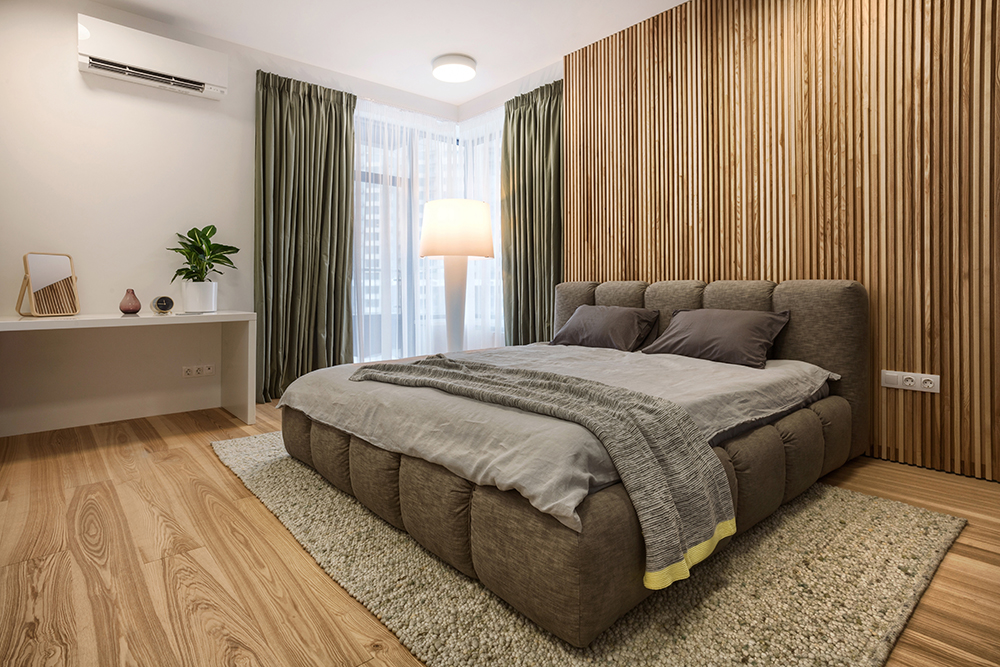
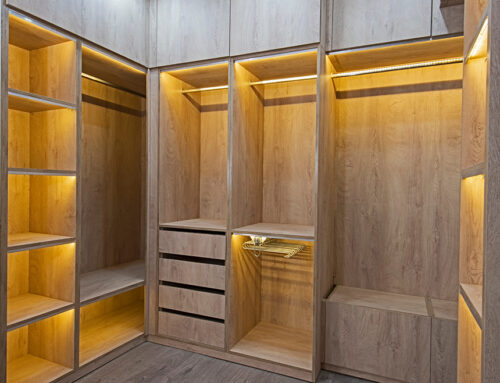
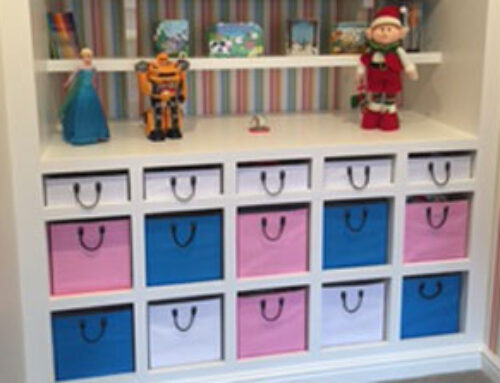
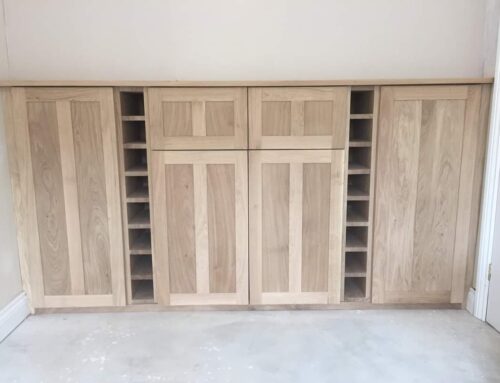
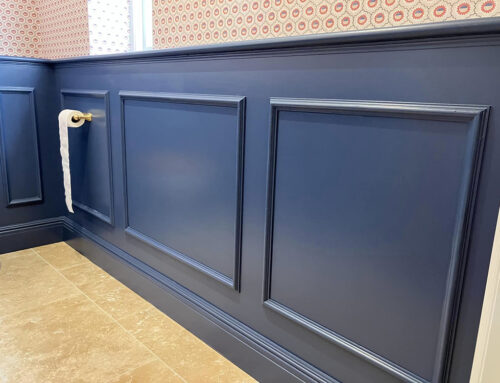
Leave A Comment